News
-
 Health & Medicine
Health & MedicineU.S. moms say their mental health is getting worse
A national survey finds that mothers of children ages 0 to 17 years report mental health declines from 2016 to 2023.
-
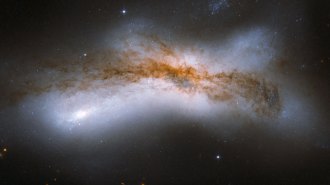 Astronomy
AstronomyA dwarf galaxy just might upend the Milky Way’s predicted demise
The Milky Way may merge with the Large Magellanic Cloud in 2 billion years, not Andromeda, contrary to previous findings.
By Nikk Ogasa -
 Chemistry
ChemistryLotions and perfumes affect the air near our skin
The personal care products suppress reactions between skin oils and ozone. It's not clear how, or if, this chemistry change might impact human health.
By Skyler Ware -
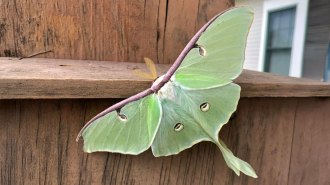 Animals
AnimalsHow luna moths grow extravagant wings
Warm temperatures, not just predator pressure, may favor luna moths’ long bat-fooling streamers, a geographic analysis of iNaturalist pics shows.
By Susan Milius -
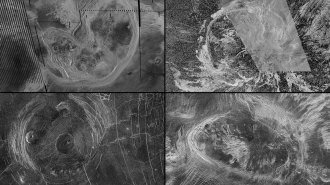 Planetary Science
Planetary ScienceVenus’ tectonics may be actively reshaping its surface
Circular landforms speckling the Venusian surface may be the work of tectonic activity.
By Nikk Ogasa -
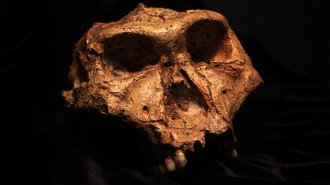 Anthropology
AnthropologyMales of this ancient human cousin weren’t always bigger than females
Molecular evidence from a 2-million-year-old southern African hominid species indicates sex and genetic differences in P. robustus.
By Bruce Bower -
 Science & Society
Science & SocietyStudents’ mental health imperiled by $1 billion cuts to school funding
The Trump administration is cutting $1 billion in grants that support student mental health. That has educators worried.
By Sujata Gupta -
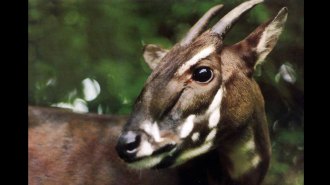 Animals
AnimalsGenetics might save the rare, elusive saola — if it’s not already extinct
A new genetic study could help saolas survive by enabling better searches through environmental DNA. But some experts fear they may be extinct already.
By Tom Metcalfe -
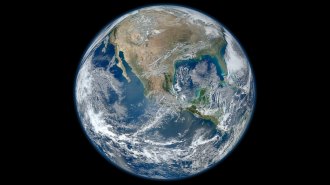 Space
SpaceA passing star could fling Earth out of orbit
Simulations show that the star's tug could send Mercury, Venus or Mars crashing into Earth — or let Jupiter eject our world from the solar system.
By Ken Croswell -
 Health & Medicine
Health & MedicinePersonalized gene editing saved a baby, but the tech’s future is uncertain
The personalized CRISPR treatment could be the future of gene therapy, but hurdles remain before everyone has access.
-
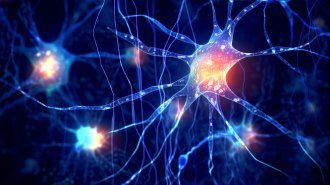 Neuroscience
Neuroscience‘Silent’ cells play a surprising role in how brains work
New studies show that astrocytes, long thought to be support cells in the brain, are crucial intermediaries for relaying messages to neurons.
-
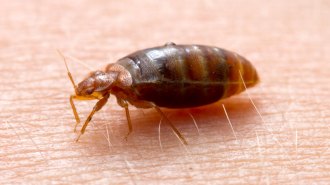 Animals
AnimalsBedbugs may have been one of the first urban pests
Common bedbugs experienced a dramatic jump in population size about 13,000 years ago, around the time humans congregated in the first cities.
By Jake Buehler